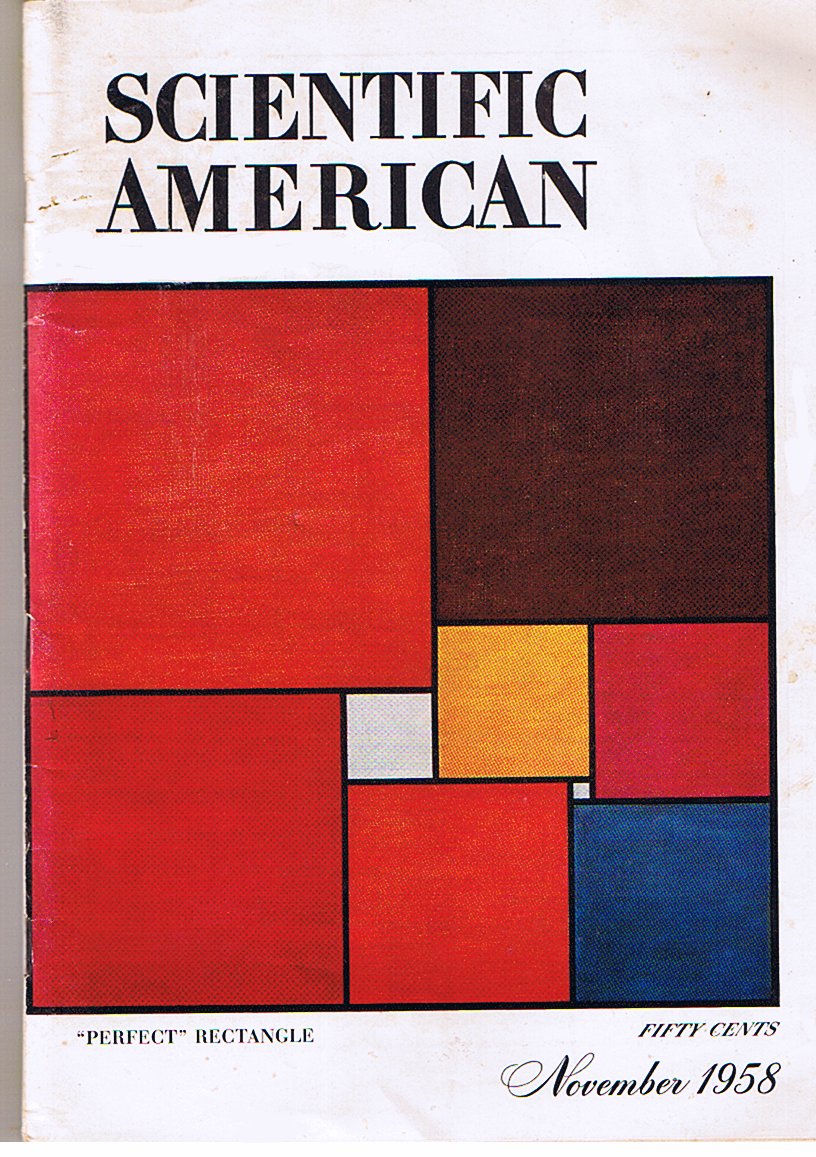Martin Gardner

33x32 Squared Rectangle, Scientific American November 1958
Quote from a recent article[2] "Martin Gardner occupies a unique position in the mathematical world. The author of the 'Mathematical Games' column that ran for twenty-five years in Scientific American magazine, he opened the eyes of the general public to the beauty and fascination of mathematics and inspired many to go on to make the subject their life's work. His column was the place where several important mathematical notions, such as Conway's Game of Life and Penrose tiles, first became widely known. It was also a place where the sheer fun of mathematical games and puzzles was celebrated and savored." The math games were a way not only to expand people's interest into mathematics but also allow them to have fun while doing so. "His crystalline prose, always enlightening, never pedantic, set a new standard for high quality mathematical popularization. In 1987 he received the AMS Steele Prize for Mathematical Exposition 'for his many books and articles on mathematics and particularly for his column 'Mathematical Games' in Scientific American.' "- Allyn Jackson.
He began his Scientific American column in 1957. In November 1958 he chose Squared Squares as the subject of his Mathematical Games column and the 33 x 32 squared rectangle of Z. Moroń was featured on the magazine cover. William Tutte wrote an article for the column on how the square was squared by himself and his Trinity undergraduate colleagues, Brooks, Smith, and Stone.
Martin Gardner revisited the topic of square tilings and squared squares several times in his column and books. As important discoveries were made, Gardner reported the findings, and informed and inspired amateurs and professional mathematicians alike
In the early 1990s he retired to Hendersonville, North Carolina, from where he continued his prolific writing career. A man of wide interests, Gardner is the author of over fifty books. In 2002 he moved to Norman, Oklahoma, near University of Oklahoma, where his son, James Gardner, is a professor of education.
Martin Gardner died on May 22 2010, aged 95.
REFERENCES
- 'More Mathematical Puzzles and Diversions' by Martin Gardner
- Interview with Martin Gardner, Notices of the AMS, volume 52, No 6
- wikipedia: Martin Gardner